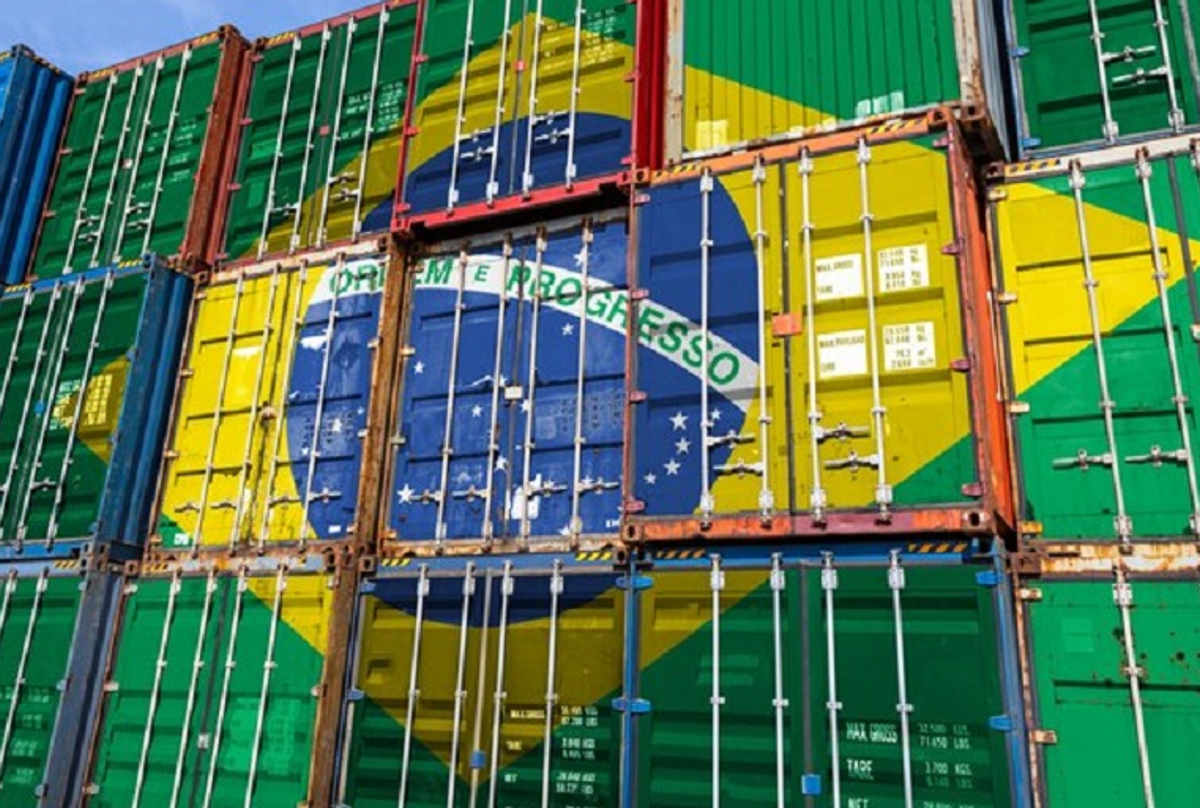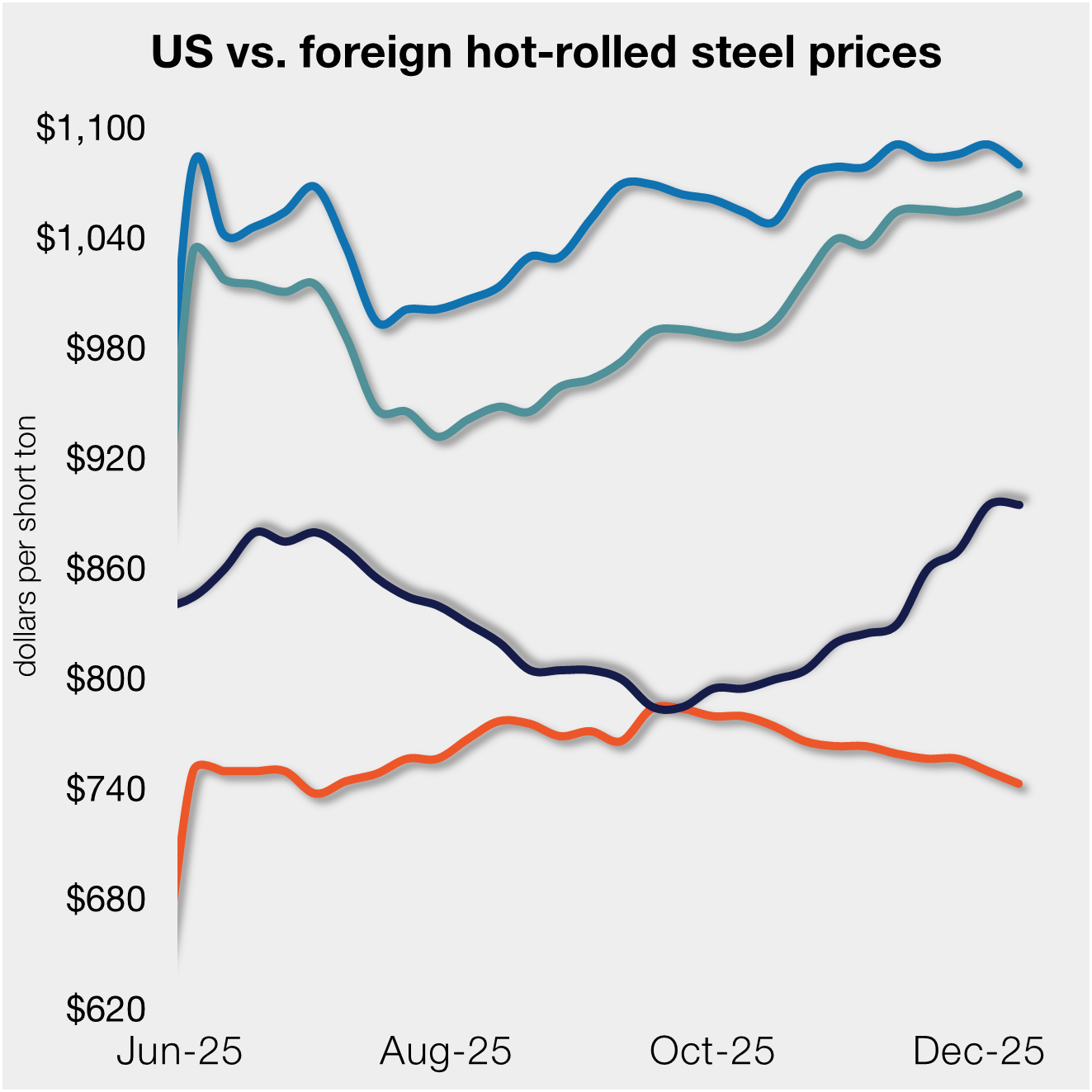Analysis
September 11, 2025
Final Thoughts
Written by Stephen Miller
When will we see prime scrap become scarce as the worldwide transition to EAF melting increases, especially for HRC production? It’s a question I’ve been asked a lot.
This has been predicted by experts since the 1990s with construction of steel producing assets employing of thin slab casting technology.
Since then, the capacity using this technology in North America has greatly increased. This implies a reliance on prime scrap, along with Ore-Based Metallics (OBM).
Background
Let’s take a look back on what has happened to prime scrap prices.
Prior to 2004, scrap prices hovered between $100-160 per gross ton (gt), with occasional fluctuations tied to business cycles and government policies.
As the installed EAF flat-roll capacity increased in the late 1990s and early 2000s, scrap prices started to perk up, mainly prime grades like #1 Busheling and Bundles.
In 2004, this increased demand caused scrap prices to jump on the factory bundle index from $184/gt in January to a lofty price of $440/gt in December of that year.
So, a dramatic increase in prime scrap has already occurred. Since 2004, prime scrap prices have fluctuated, but overall they are approximately at the same levels as they finished 20 years ago.
Current direction
So where do prime scrap prices go from here as additional steelmaking capacity is continuously being added in North America and in the EU?
A reasonable observer would most likely say prices on the grade should rise. However, over the last three years, scrap prices, including prime scrap, have just behaved seasonally with no real sustained increases.
Indeed, the US market in September 2025 saw busheling prices drop $20/gt while shredded and HMS traded sideways. Where is this increased demand for prime scrap?
Digging in
To explore this further, we contacted a purchasing executive at a prominent US-based steelmaker.
He agreed that prime scrap will become short in the future as new capacity is installed and comes on-stream. He said the utilization rate is fairly low this year and busheling was plentiful in September, as factories retool and come back from vacation.
With this situation, the mills were able to take prices down. Shredded and HMS supplies were somewhat tighter.
He also complimented the steel industry “for doing a fine job in optimizing their (scrap) mix to avoid needing excess amounts of busheling, easing the pressure on the supply side.”
The executive went on to add that mills are paying a premium for low copper shredded scrap, which helps their melt shops run faster, and not needing the same amount of prime material.
“Times are certainly changing,” he commented.
Looking ahead
Well, this is the situation today. But what happens as new capacity is installed over the next 2-5 years, not only in the US, but in Mexico, Canada, and the EU?
They will all need all the prime scrap they can get. In Canada, there are two major mills converting to EAF melting. They will retain most of the prime scrap that Canada exports to the US. As steelmaking grows in Mexico, busheling exports to the US will lessen. In the EU, the transition to EAF production will most likely keep their prime scrap at home.
In summary, it looks like further sustained price increases for prime scrap and secondary grades are off in the near future.
But they are coming, although they can be somewhat mitigated by continued production of low copper shredded and the use of OBMs. However, the sheer magnitude of the EAF expansion will put pressure on scrap prices, especially prime grades.







